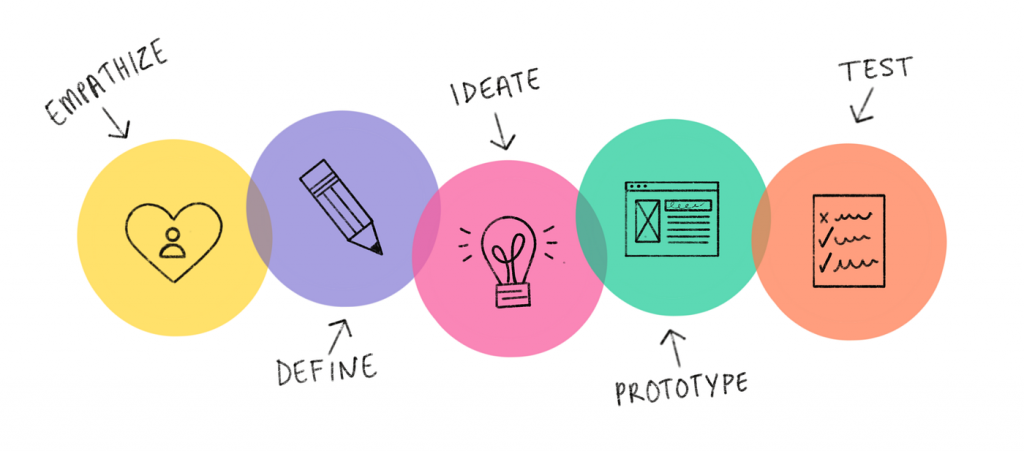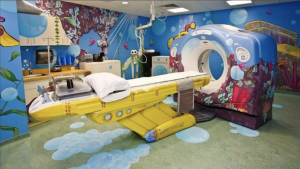Design Thinking Workshop
As part of the semi-annual BA meet at our office, this season witnessed a one-of-a-kind, purpose driven meet. This time, the BAs got a chance to experience a fun-filled, two day event, comprising a session and workshop based on Design Thinking.
Day 1 started with some ice-breaking activities followed by major myths being busted, like what kind of goals essentially call for Design thinking as a practice.
For instance, if you want to increase your organization’s sales revenue by 5-6%, Design Thinking need not be on your radar. But if you’re aiming to catapult those numbers by 50-60%, that is when you have what is known as a BHAG. – Big. Hairy. Audacious. Goals.
The main agenda started with a preliminary introduction to the five stages of Design Thinking.

Each phase was discussed in detail with appropriate real-life industry examples.
Empathize
This is the first phase of the design thinking process, where all the preconceived notions are put aside, and a deep understanding of the customer’s needs and problems is developed. It is a human-centered approach, with customer emotions being the core of the research.
Example: Doug Dietz from GE was deeply moved by little kids crying and yelling when they had to undergo the scary experience of a painless MRI scan. Rooted in empathy, he revamped a hospital’s conventional MRI scan room with colorful themes to make it kid-friendly.


Define
We define a point of view from the customer’s perspective for the ill-structured problems, which allows flexibility for the team to be creative and original while also assuring that the problem will focus on real needs.
In order to define problems, we have to look at the customer needs as “Verbs” rather than “Nouns”. Verbs ensure that more ideas are generated for the solution than when we think of Nouns.
Ideate
Brainstorming is nothing new to anyone working in teams. It typically paints a picture of chaos, shouting, random ifs and buts, rebuttals etc. A sure-shot way of achieving success in ideating is introduced in the form of the SCAMPER technique – a structured and guided brainstorming tool.

- Prototype
In Design Thinking, prototypes are a language. Their job is to communicate, not to establish technical feasibility or proof of concept.
Design Thinking prototypes are different from engineering prototypes in four ways.
- They don’t have to resemble the final solution.
- They don’t have to demonstrate every feature of the solution
- They are created quickly (a minute or two through a pencil sketch)
- They are inexpensive. (All you need is a sheet of paper or some blocks of Styrofoam or Thermocol etc.)
- Test
These experiments are simple. We present prototypes of our solutions to users and ask for their reactions. They may have favorable or unfavorable comments. They may ask questions.
They may handle them in a way that helps us to understand their reactions.
We capture all these types of feedback. Based on this feedback, we make new prototypes as quickly as possible.
Day 2 was the cherry on the cake as an external trainer, Anbumathi, demonstrated that the most complex of problems need only a breeze of a solution.
It’s only fair to call the workshop a wholesome experience as the trainer had the BAs dance, sing, craft, collaborate, team up, challenge opponents, defy conventions, celebrate, and learn all the way.

Having taken the baby step of conducting this workshop, the plan ahead is to create a web of creativity and innovation, thereby fostering a Design Thinking culture that seeps into the very DNA of our working and being.

